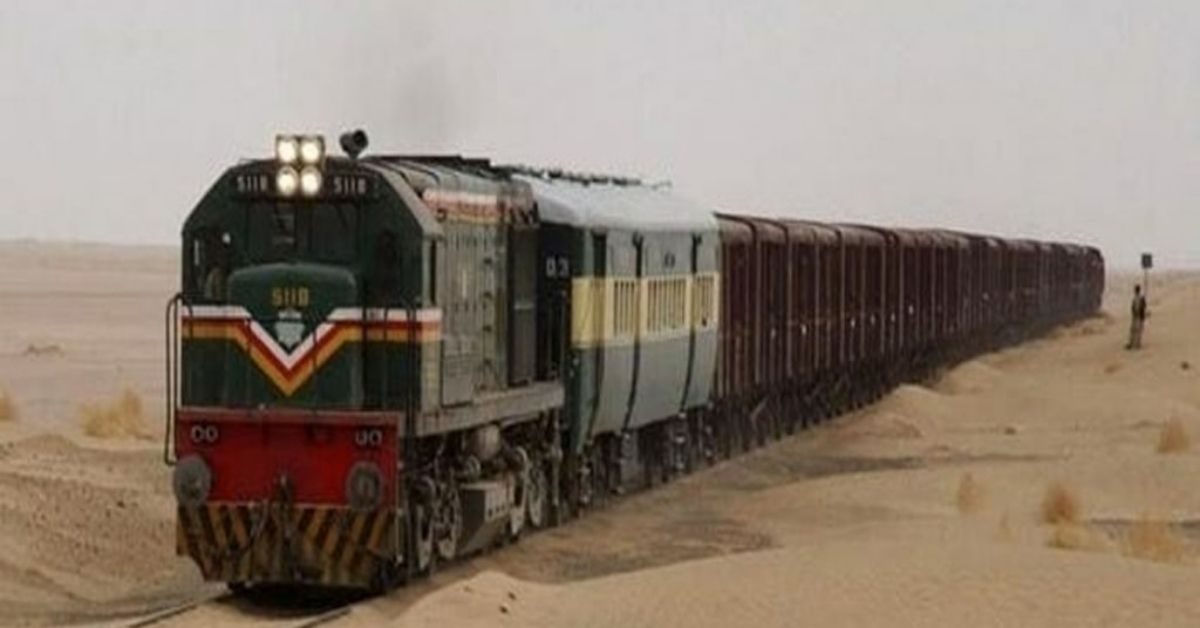Sudhanshu Mani, former GM, Indian Railways and leader of the initial Vande Bharat team sheds some light on the plans to introduce Vande Bharat Freight Trains. “It is unclear how much revenue the Railways will earn from the plan to expand Vande Bharat to freight services as it would require a large amount of capex. The production capacity is not immediately relevant. The objective appears to be fast carriage and delivery of goods. Freight trains need regularity and reliability of transit much more than sheer operating speed. It does not matter, even for time-sensitive and perishable commodities, whether the cargo reaches its destination in 18 or 24 hours. Railways could alternatively consider using some old ICF parcel vans and attaching one or two locos depending on the required speed. This would cut down the Capex to a fraction of the ₹60 crore to ₹80 crore estimated for Vande Bharat freight EMUs.”
“Second, the infrastructure required would be a challenge. If the trains are loaded and unloaded on a station platform, the platform will be unusable for a long time. Goods sheds are designed to handle 40 BCN wagons, or at least 20 BCNs in two spurs, and a 16-coach rake would be a waste of space. It is unclear how much revenue Railways will earn after spending so much on capex and how far customers would be willing to pay if the tariff is based on the capex. I don’t know the exact details, but the clientele would have to be like Amazon, an FMCG company or a company dealing in perishables. Railways may also have to tie up with a logistics company for last-mile connectivity. There be a significant difference in design between Vande Bharat freight trains and passenger trains. The interiors would be totally different. The freight EMUs won’t have toilets, seats and passenger amenities. The entire upper deck would be compartmentalised for goods carriage. In Train 18, 50 per cent of coaches are powered coaches. I learned that this would remain.”







